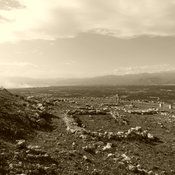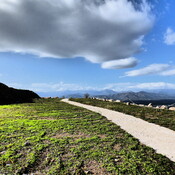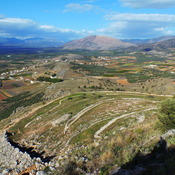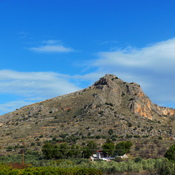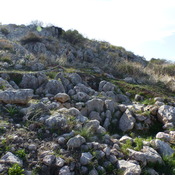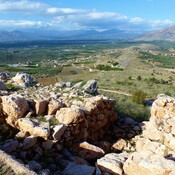Il n'y a pas une annotation en français. Présenté est une annotation en Anglais.
Excavations at Tiryns were initially carried out by Heinrich Schliemmann (1884–1885), continued at the beginning of the 20th century by Wilhelm Dörpfeld, and resumed in 1963 by Greek archaeologists.
The very first human occupation on the hill goes back to the Neolithic period. From the 3rd millennium BC onwards, Tiryns was one of the most important centers in Bronze Age Europe.
Pausanias: in II c. AD: Going on from here and turning to the right, you come to the ruins of Tiryns. The Tirynthians also were removed by the Argives, who wished to make Argos more powerful by adding to the population. The hero Tiryns, from whom the city derived its name, is said to have been a son of Argus, a son of Zeus. The wall, which is the only part of the ruins still remaining, is a work of the Cyclopes made of unwrought stones, each stone being so big that a pair of mules could not move the smallest from its place to the slightest degree. Long ago small stones were so inserted that each of them binds the large blocks firmly together1.
- Heinrich Schliemann, Tiryns : the prehistoric palace of the kings of tiryns - the results of the latest, Cambridge University Pres, 2010.
- Pausanias Description of Greece II.25.8
- https://oxfordre.com/classics/classics/abstract/10.1093/acrefore/9780199381135.001.0001/acrefore-9780199381135-e-6484
Références
- ↑Paus. II.25.5
Excavations at Tiryns were initially carried out by Heinrich Schliemmann (1884–1885), continued at the beginning of the 20th century by Wilhelm Dörpfeld, and resumed in 1963 by Greek archaeologists.
The very first human occupation on the hill goes back to the Neolithic period. From the 3rd millennium BC onwards, Tiryns was one of the most important centers in Bronze Age Europe.
Pausanias: in II c. AD: Going on from here and turning to the right, you come to the ruins of Tiryns. The Tirynthians also were removed by the Argives, who wished to make Argos more powerful by adding to the population. The hero Tiryns, from whom the city derived its name, is said to have been a son of Argus, a son of Zeus. The wall, which is the only part of the ruins still remaining, is a work of the Cyclopes made of unwrought stones, each stone being so big that a pair of mules could not move the smallest from its place to the slightest degree. Long ago small stones were so inserted that each of them binds the large blocks firmly together1.
- Heinrich Schliemann, Tiryns : the prehistoric palace of the kings of tiryns - the results of the latest, Cambridge University Pres, 2010.
- Pausanias Description of Greece II.25.8
- https://oxfordre.com/classics/classics/abstract/10.1093/acrefore/9780199381135.001.0001/acrefore-9780199381135-e-6484
Références
- ↑Paus. II.25.5






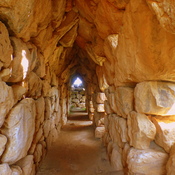
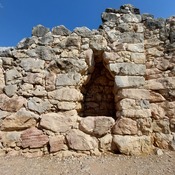
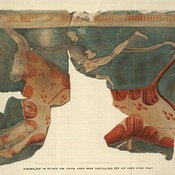
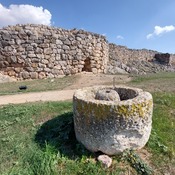
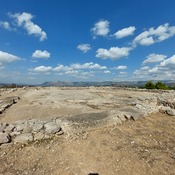
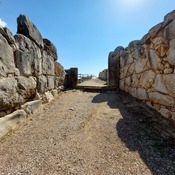
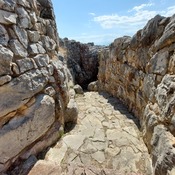
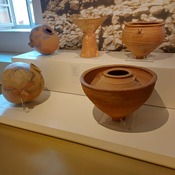

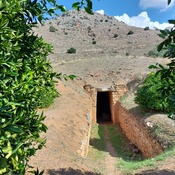
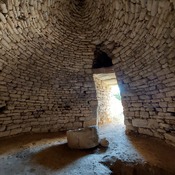
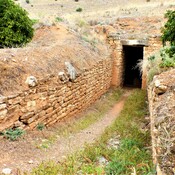
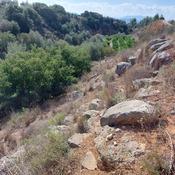
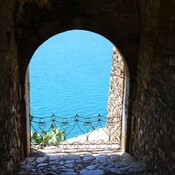
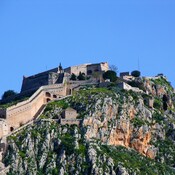
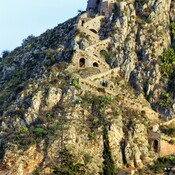
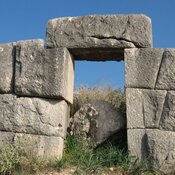
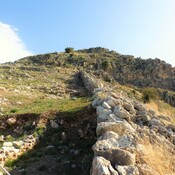
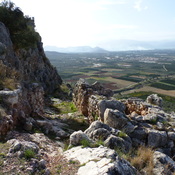
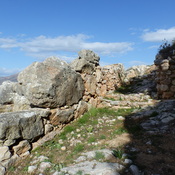
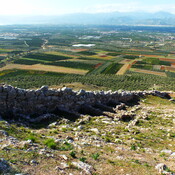
![Midea, postern [syrinx] gate](https://images.vici.org/crop/w175xh175/uploads/p1340771.jpg)
